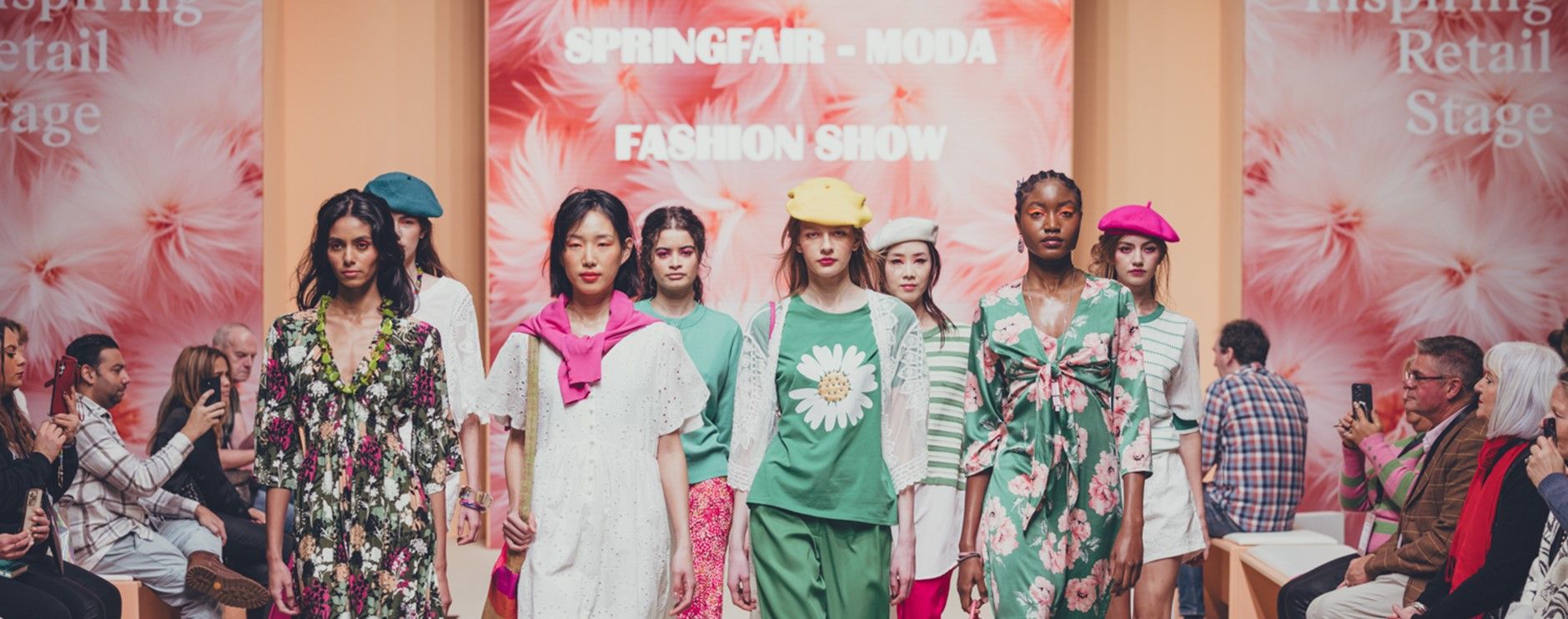What is sustainable fashion?
)
By Emma Wilder
Between the news articles, scientific reports and developments in sustainability in various industries, there’s enough to keep us talking about sustainable fashion for a very long time. What seems to be forgotten in all of these conversations is one very basic question: what is sustainable fashion? It's important to answer that question.
Put simply, sustainable fashion means any garment, collection, accessory etc. that is made using eco-friendly materials and/ or by ethical means. Since there’s still a lot of work to be done to make sustainable fashion mainstream, it’s more of a concept than it is a clear-cut, tangible category at this point. It guides the design and manufacture of collections, with the aim of moving towards environmental and social sustainability.
Clear definition or not, there are some categories that can help when it comes to identifying just which fashion is sustainable: ethical fashion, low carbon footprint, sustainable materials, slow fashion and recycled, upcycled and recyclable. And let's not forget fashion resale and rental business models that continue to grow from strength to strength.
There are pros and cons to each of these and many conscious brands fall under more than one of these headings. That being said, there are a few defining features of these categories that you should be able to identify in most conscious brands.
Ethical fashion
Ethical fashion occupies a more social side of the sustainability conversation. Usually, when talking about ethical fashion, we think of the people who manufacture the garments or provide the raw materials. Brands that trade fairly and ensure good working conditions for their staff come under the ethical heading.
It’s not just about the people though. Ethical fashion also applies where animal products are concerned. Are the animals properly cared for? Do they have suitable living conditions? Are they put under unnecessary stress? Many leather brands ensure that their practices are ethical by using the by-products of the meat industry, thereby preventing waste and ensuring less animals are harmed. Meanwhile, there are wool companies that will wait for the wool to naturally fall off of a sheep, rather than shearing, to save the animal from stress.
Low carbon footprint
As a rule, fashion that has a low carbon footprint tends to have a short supply chain and collections are manufactured using non-polluting means. Collections that are designed, sourced, manufactured and sold within a shorter distance naturally have a lower carbon-footprint than collections that have travelled between cities or countries.
Sustainable materials
There are exciting things going on in the world of sustainable materials. Generally, these fall under two categories: natural materials and sustainable synthetics. Natural and untreated materials, like cotton, linen and silk don’t release harmful chemicals or microfibres into the environment, but do require a lot of water – something that is particularly problematic as they tend to grow in water-scarce countries.
Sustainable synthetics are manmade but often make use of natural materials. Piñatex has become a well-known sustainable synthetic. This is natural leather alternative made from fibres contained in pineapple leaves. Again, this makes use of the inedible part of the fruit, preventing waste and offering a bio-degradable alternative to leather and plastic-based synthetics. Mushroom leather, first developed by Stella McCartney is also becoming increasingly popular.
Slow fashion
Slow fashion is the industry’s answer to clothes that are produced quickly and disposed of even quicker. Slow fashion is based on the concept that fashion should be made with care and last a lifetime. This approach is designed to create high-quality, durable clothes that won’t end up in landfill or the ocean.
Upcycled, recycled and recyclable
Three concepts for the price of one: upcycled, recycled and recyclable fashion is another way to ensure fashion doesn’t contribute to landfill. Upcycling encourages people to make use of old garments in new ways, whilst recycling takes old pieces and makes new ones out of them. Recyclable fabrics lend themselves to be used again, helping to cut down the amount of raw resources that the fashion industry consumes.
Resale and rental
The pandemic saw the emergence and consolidation of fashion resale and rental business models, from Vestiaire Collective to HURR. Gen Z also uses apps such as Depop to resell unwanted clothing, shoes and accessories. Gen Z are much more conscious of the environmental impact of what they wear and tend to embrace circular fashion.
According to Fashion United, "the global fashion resale market is currently predicted to grow by 127 percent by 2026, three times faster than the broader retail clothing sector. Brands are also launching their own resale shops, seeing revenue increase by triple digits in some cases."
To sum up, sustainable fashion is a broad category and we’re only scratching the surface of many open possibilities. What it boils down to, though, is making conscious decisions to benefit either people, planet or both. With so many brands already making a start and advocates in the industry making people aware of fashion’s impact on the planet, we’re pretty optimistic about the future for sustainable fashion here at MODA.
Other Digital Content
-
The fashion industry has always favoured tall and skinny models, if you look into catwalk footage of the past decades, they tend to look quite similar. But over the past few years, things have been ch ...
-
Stella McCartney has always been a pioneer in terms of sustainability. Her brand is always looking for new materials that are both cruelty free and environmentally friendly. Her campaigns are always e ...



)
)
)